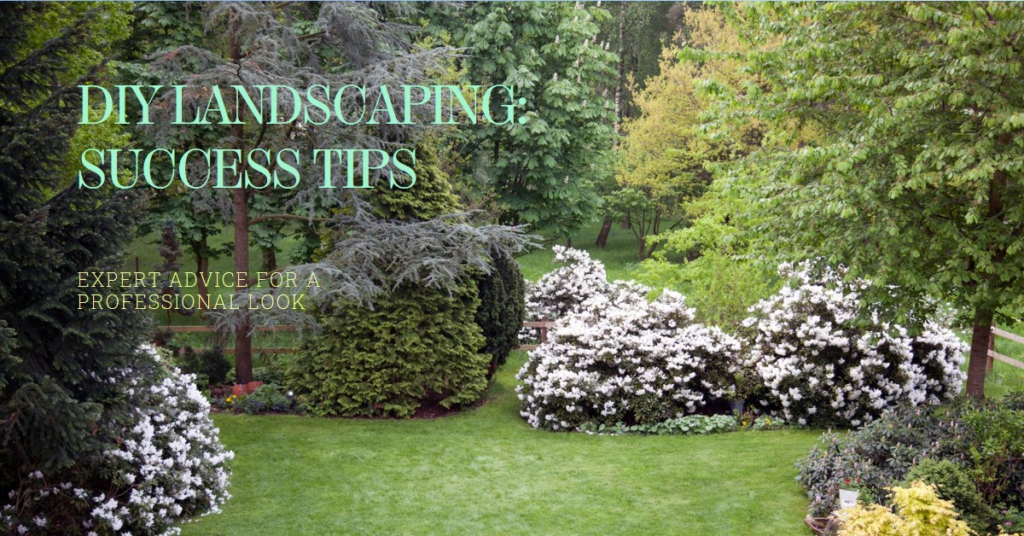
Table of Contents
- Introduction to Landscape
- 1. Planning Your Dream Garden
- 2. Establishing a Budget
- 3. Designing Your Layout
- 4. Choosing Affordable Plants
- 5. Soil Preparation and Maintenance
- 6. DIY Garden Features
- 7. Water Conservation
- 8. Adding Personal Touches
- 9. Ongoing Learning and Inspiration
- Conclusion
Introduction to Landscape
Landscape – Creating a stunning garden doesn’t have to break the bank. With careful planning, creativity, and a bit of elbow grease, you can transform your outdoor space into a beautiful oasis. This guide will walk you through practical steps to landscape your garden affordably without compromising on style and elegance.
1. Planning Your Dream Garden
Assess Your Space
Begin by assessing your garden space. Measure the dimensions and observe how much sunlight different areas receive. Identify existing plants, trees, and features you want to keep. Sketch a basic layout of your garden to visualize the changes.
Set Your Goals
What do you envision for your garden? Are you looking for a serene retreat, a vibrant flower garden, or a practical vegetable patch? Define your goals clearly. This will help you stay focused and make informed decisions throughout the process.
2. Establishing a Budget
Prioritize Your Spending
A budget is essential for any landscaping project. Determine how much you’re willing to spend and prioritize your expenditures. Allocate funds for essential items such as soil, plants, and tools, while considering cost-effective alternatives for non-essential features.
Seek Out Deals
Look for sales, discounts, and second-hand items. Garden centers often have end-of-season sales where you can purchase plants and materials at a fraction of the cost. Online marketplaces and community groups can also be treasure troves for inexpensive gardening supplies.
3. Designing Your Layout
Create a Focal Point
Every garden benefits from a focal point, which draws the eye and adds structure. This could be a striking plant, a water feature, or a garden ornament. Choose something that reflects your style and fits within your budget.
Plan Pathways and Borders
Pathways and borders define different areas of your garden and guide movement. Use affordable materials like gravel, mulch, or reclaimed bricks to create pathways. For borders, consider using inexpensive plants like hostas or ornamental grasses.
4. Choosing Affordable Plants
Native and Perennial Plants
Native plants are often less expensive and easier to maintain because they are adapted to your local climate. Perennials, which come back year after year, provide lasting value and reduce the need for frequent replacements.
Start from Seeds or Cuttings
Growing plants from seeds or cuttings is a cost-effective way to fill your garden. Seeds are significantly cheaper than mature plants, and cuttings allow you to propagate your favorite plants for free. This method requires patience but can be very rewarding.
5. Soil Preparation and Maintenance
Improve Soil Quality
Healthy soil is the foundation of a thriving garden. Test your soil to understand its composition and amend it as needed with compost or organic matter. Composting kitchen scraps and garden waste is an economical way to enrich your soil.
Regular Maintenance
Consistent maintenance helps your garden flourish. Mulching retains moisture, suppresses weeds, and improves soil quality. Regularly weeding and pruning keeps plants healthy and prevents overgrowth, maintaining a neat appearance.


6. DIY Garden Features
Upcycling and Recycling
Upcycling materials for garden features can save money and add unique charm. Old pallets can be transformed into planters or compost bins. Discarded tires make great raised beds or colorful garden art.
Build Your Own Structures
Consider building simple garden structures yourself. Raised beds, trellises, and even small sheds can be constructed with basic tools and skills. There are numerous online tutorials to guide you through the process, ensuring you create sturdy, functional features.
7. Water Conservation
Install a Rain Barrel
Installing a rain barrel is a smart way to reduce water costs. Collecting rainwater for irrigation is eco-friendly and helps conserve this precious resource. Position the barrel under a downspout to maximize water collection.
Efficient Irrigation Methods
Drip irrigation and soaker hoses are efficient methods for watering your garden. They deliver water directly to the roots, reducing waste. Additionally, watering in the early morning or late evening minimizes evaporation, ensuring plants receive the moisture they need.
8. Adding Personal Touches
Creative Planting
Incorporate your personality into your garden with creative planting arrangements. Mix and match colors, textures, and heights to create visual interest. Consider themed sections, such as a butterfly garden or a herb corner, to add unique elements.
Garden Art and Ornaments
Handcrafted garden art and ornaments can enhance the aesthetic appeal of your garden. Create stepping stones with personalized designs, paint rocks for a splash of color, or hang DIY wind chimes from tree branches. These touches make your garden truly your own.
9. Ongoing Learning and Inspiration
Stay Informed
Gardening is a continuous learning process. Stay informed by reading gardening books, watching tutorials, and joining online gardening communities. Knowledge about plants, soil, and landscaping techniques will help you make better decisions and improve your garden over time.
Visit Public Gardens
Visiting public gardens and local botanical gardens is an excellent way to gather inspiration and see a variety of plants and designs. Take note of what appeals to you and consider how you can incorporate similar elements into your own garden on a budget.
Conclusion
Landscaping your garden on a budget is not only possible but can also be incredibly rewarding. By planning carefully, choosing affordable plants, and getting creative with DIY projects, you can create a beautiful garden space without overspending. Remember, a stunning garden is built over time, with patience, passion, and a little bit of creativity. Happy gardening!


